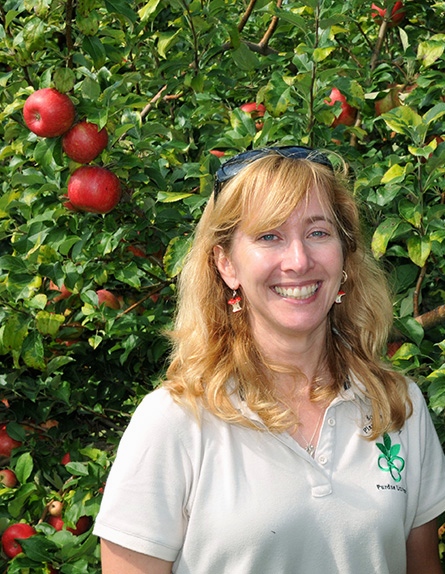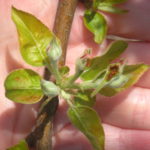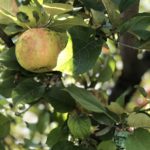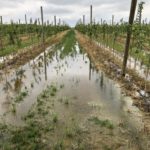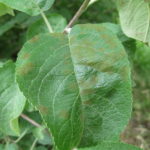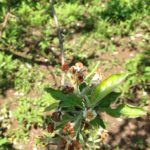Late spring freezes and severe winter cold regularly causes stone fruit crop losses to approach100%. With this level of irregular cropping, disease management must focus on protecting foliage to ensure a good potential crop for next year, while reducing over wintering spore loads. Copper is fairly phytotoxic to peaches and should be avoided. Bravo is[Read More…]
In the Midwest, extreme weather events are, unfortunately, regular occurrences, even in extremely unusual times. At this point, though, it just feels like a pile-on. Most fruit crops planted in Indiana are tolerant of the cold when they are fully dormant. In the spring, as trees break bud and begin to flower, they lose cold[Read More…]
As this outbreak unfolds, please feel free to contact me with any questions by phone or email. I am so grateful for the essential and important work that you all do and will help and support you in any way I can. In the meantime, I’ll provide you with the updated information on plant diseases[Read More…]
Rootstocks, Replant, and Reconsiderations Replant disease is a term that describes reduced productivity and ‘failure to thrive’ of new plantings of trees back into orchards of the same or closely related tree fruit (or nut) crops. Historically, it has been referred to as ‘soil sickness, soil exhaustion, replant disorder, and replant problem’. Regardless of name,[Read More…]
The symptoms of sooty blotch and flyspeck (SBFS) have begun to make their appearance. I know this because 1). I’m starting to see spots (Fig 1, 2 & 3). We have accumulated MORE THAN enough hours of post- petal fall leaf wetness needed for infection to occur, despite the sudden drought conditions. First, what is[Read More…]
After second cover, the most serious apple pathogens are generally less active, as terminal buds have set, leaves have hardened off (and are now less susceptible) and weather is usually getting hotter and drier. Just not this year!!! This is the time when we often dial it back a notch in the fungicide department. One[Read More…]
Current wet weather is increasing the risk of Phytophthora diseases in the orchard. Phytophthora is a major problem on apples and pear; stone fruit are also susceptible, with plums being the most resistant to this disease. In addition to excessive soil moisture and flooding, moderate temperatures, wounds (mechanical or through herbicide damage), and rootstock susceptibility[Read More…]
Apple Disease Management Constant rain has resulted in a great scab season. Again. Keep in mind that infection develops really slowly under these (mostly) cool, wet conditions. This means symptoms from primary infection may have just started to be visible and that we are already going into secondary infection even as primary infection continues. With[Read More…]
Apple Disease Management Notes for April For those at tight cluster through pink: Assuming trees have less than 3” of new growth, early applications of apogee will help prevent fire blight in what is shaping up to be a cooler, wet spring. With temperatures flirting with 70, fire blight needs to be on your radar[Read More…]
Sweet cherry is crop that continues to be of great interest to Indiana growers. It also continues to be a challenge due to bacterial canker, caused by Pseudomonas syringae. This bacterium is a significant pathogen of young sweet cherry trees killing 10 to 20 percent of the trees in new orchards within 5 years of[Read More…]
